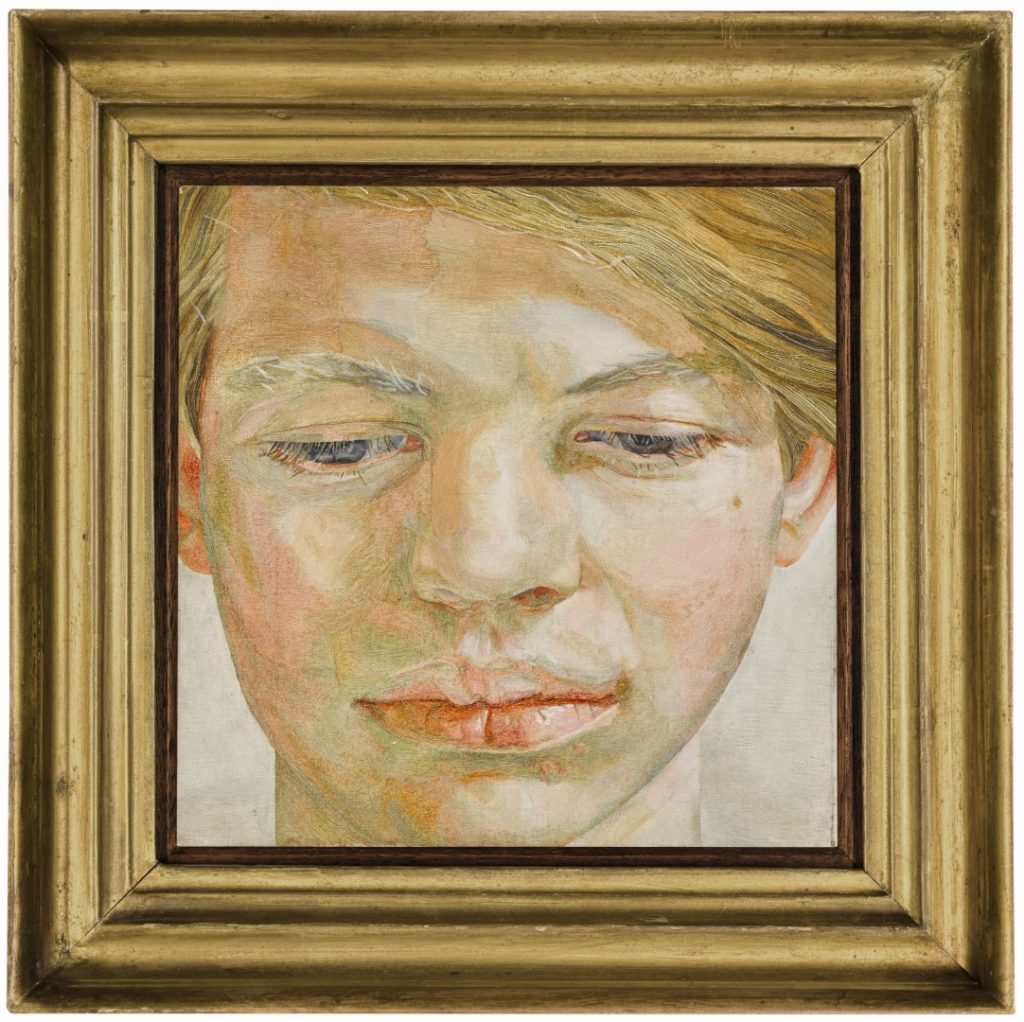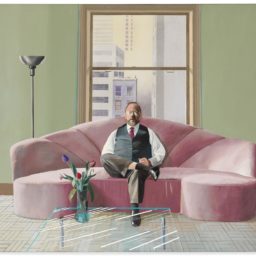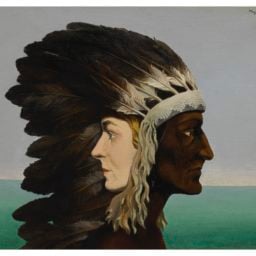It was an uneven night for Sotheby’s in its final marquee contemporary art sale in London before Brexit. The auction totaled a respectable £93.3 million ($123 million including premium), down from £109.3 million generated by the equivalent sale last year.
Only one painting surpassed $10 million—a large work by Jean-Michel Basquiat, Apex (1986), which sold above estimate for £8.2 million ($10.8 million). Sotheby’s trumpeted the fact that the work had cost just £16,000 in 1988, when it was first sold, but it changed hands several times since.
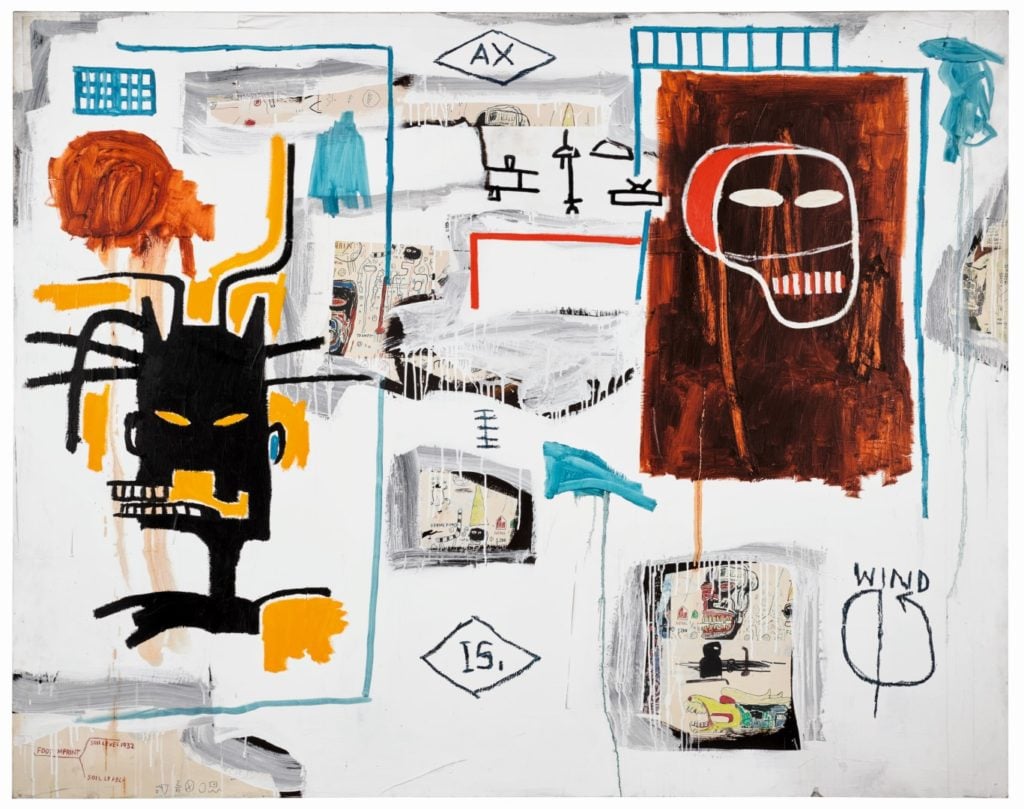
Jean-Michel Basquiat, Apex (1986). Courtesy of Sotheby’s.
All told, the sale’s pre-sale estimate (£75.5 million–104.5 million) was down nine percent from last year, but the sale offered 10 percent more works, meaning the average lot cost significantly less this time around. Only six lots went unsold and the £93.3 million ($123 million) total fell comfortably within expectations. (Prices include buyer’s premium; estimates do not.)
The evening posted strong results for female British artists and artists from the African diaspora. But nearly half of the 66 lots offered sold at or below their low estimates, so at points it felt like hard work for Sotheby’s, which had clearly lowered reserves going into the sale.
An appliqué blanket by Tracey Emin sold well below estimate for £405,000 ($532,611), on a single bid to a late-entry third-party guarantor. A nine-foot-high Jenny Saville painting of a bare female back also appeared to sell to its guarantor below-estimate for £5.4 million ($7.1 million).
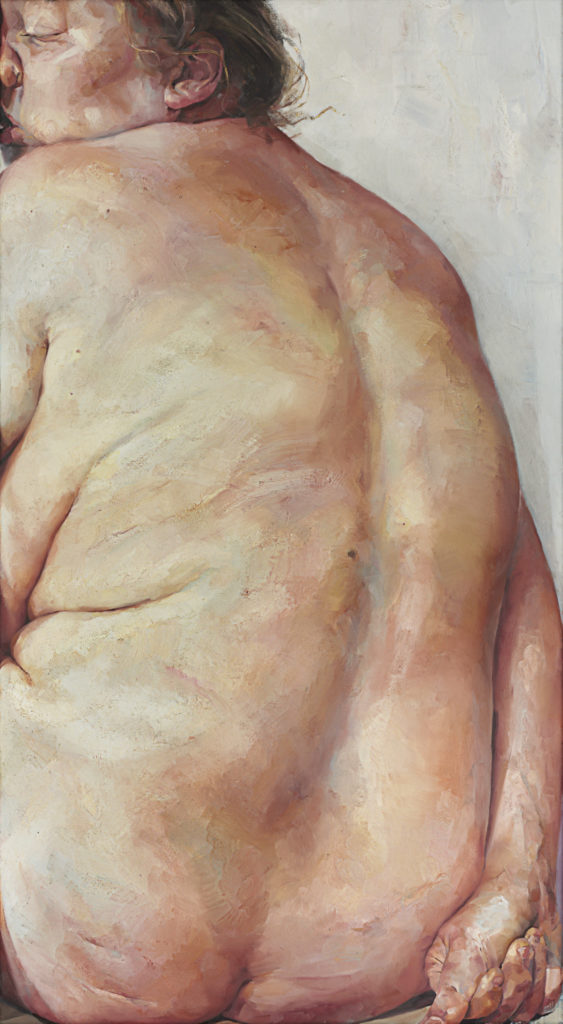
Jenny Saville, Juncture (1994). Courtesy of Sotheby’s.
And three works by the market titan Gerhard Richter, including an abstract that sold for £6.9 million ($9.07 million), saw little competition. The other two—photo paintings of an antelope and a shadow—barely recovered the price that their owner, designer Marc Jacobs, paid for them five years ago. They were among the 24 lots in the sale that were guaranteed to sell, accounting for more than 40 percent of the estimated value of the sale.
In situations where there is no guarantee and a reduced reserve, dealers can take the opportunity to buy well below estimate. And buy they did. White Cube snapped up an Antony Gormley sculpture for £300,000 ($394,526), while the London-based dealer Stephen Ongpin bought a portrait by David Hockney of the textile designer Celia Birtwell for £555,000 ($729,874). The Nahmad family hoovered up a punctured white canvas by Lucio Fontana for £447,000 ($587,844).
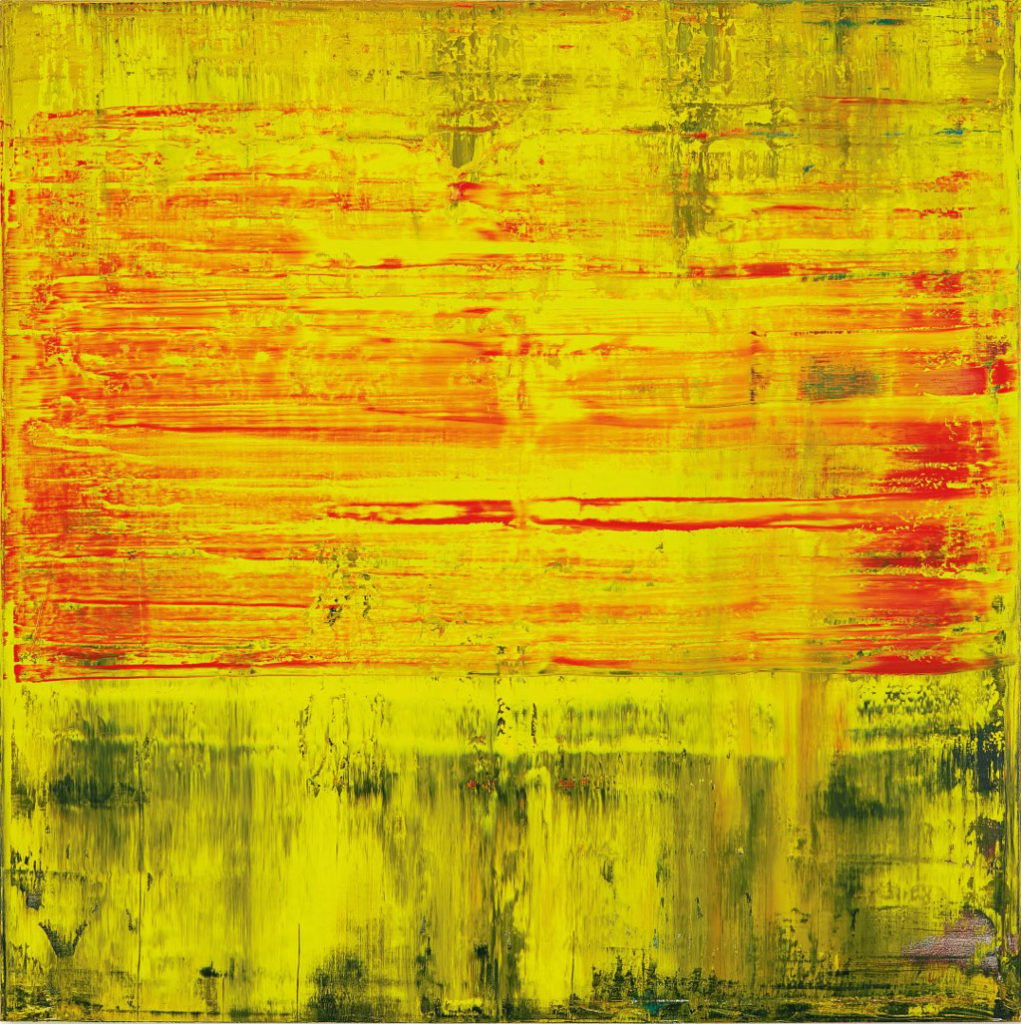
Gerhard Richter, Abstraktes Bild (2009). Courtesy of Sotheby’s.
Somehow, the momentum of the sale carried this softness in its wake. The Saville still performed well compared to the £459,200 it made in 2009 when it sold to dealer Pilar Ordovas. It was part of a curated section at the beginning of the auction that offered seven works by female artists, who are still significantly underrepresented at evening sales.
Rebecca Warren’s bulbous bronze, Fascia 111, far surpassed her previous record set 18 months ago for a version from the same edition, selling for £555,000 ($729,874), and Louise Bourgeois’s pink fabric bust in a vitrine made the highest price for one of her works from the series, selling for £1.8 million ($2.4 million). The industry newsletter the Baer Faxt identified the buyer as Hauser & Wirth, which represents the Bourgeois estate.
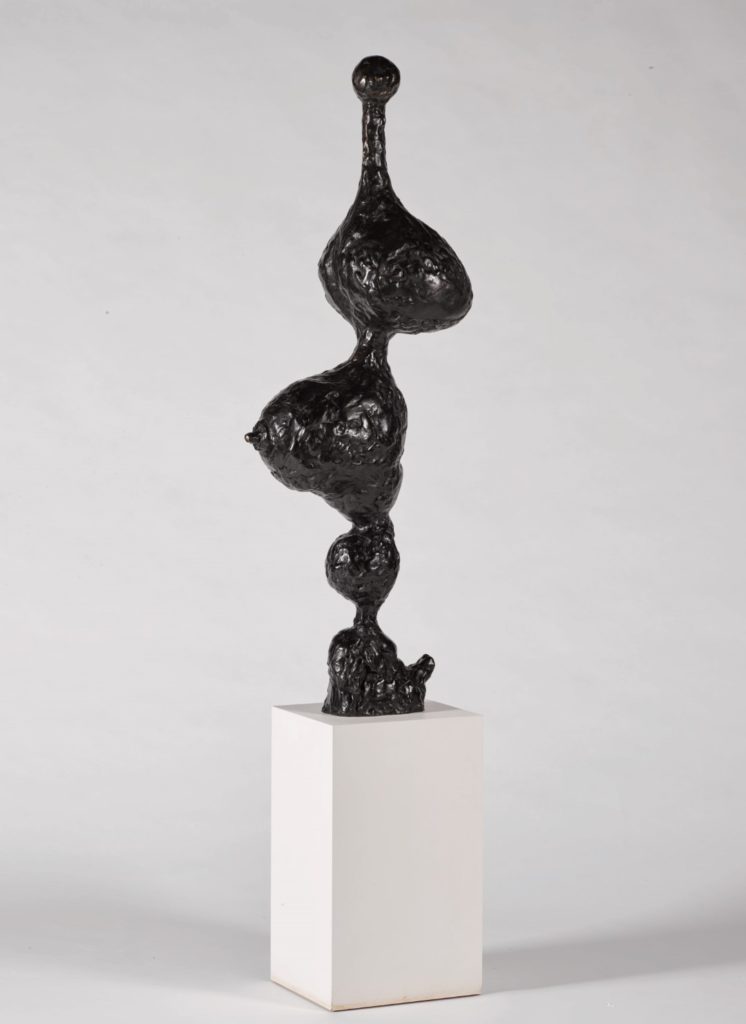
Rebecca Warren, Fascia III (2010). Courtesy of Sotheby’s.
Basquiat continues to dominate the market for American contemporary art—two 1987 pencil-and-collage works on paper from the collection of the late Singaporean architect Louis J. C. Tan attracted double-estimate bids from New York-based dealers Nahmad and Stellan Holm.
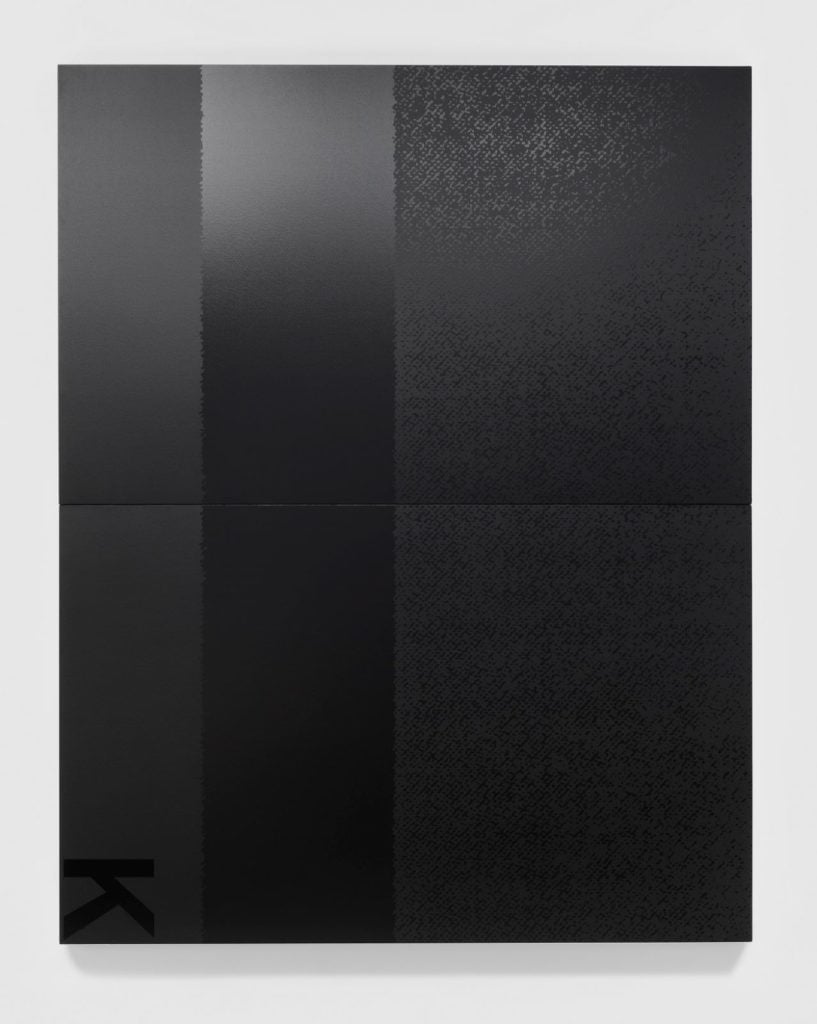
Adam Pendleton, Black Dada Column K (2015). Copyright the artist. Courtesy of Pace Gallery.
Amid a steady rise in auction prices for a select number of younger African American artists, Adam Pendleton saw his record climb when his Black Dada/Column (K) sold above estimate for £200,000 ($263,018). Meanwhile, Toyin Ojih Odutola, the New York-based, Nigerian-born artist, saw her painting Selective Histories, which depicts what looks like a snapshot of a colonialist collector’s wall, more than double its £100,000 low estimate to sell for £250,000 ($328,772). Her conceptually driven figurative art, almost exclusively drawings on paper, has been in high demand for museum exhibitions and began coming to auction last year.
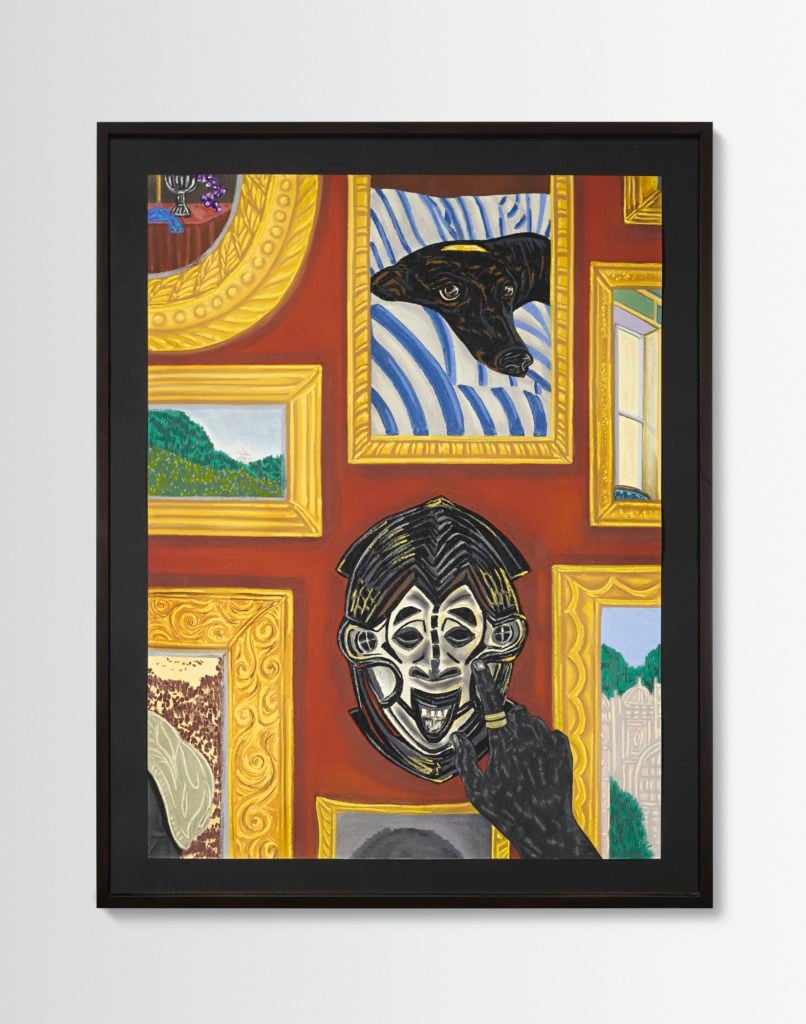
Toyin Ojih Odutola, Selective Histories (2016). Courtesy of Sotheby’s.
One disappointment was a big black-and-white canvas by the artist Mark Bradford, who represented the US at the last Venice Biennale. There were no bids close enough to its £2.2 million ($2.9 million) low estimate to sell; the performance suggests that the bull run for his work is over.
Earlier American works on offer included a Roy Lichtenstein porcelain comic strip enamel, Vicki! I — I Thought I Heard Your Voice! (1964), which sold for a dismal £5.8 million ($7.6 million), while a small Calder stabile failed to sell at £2.1 million ($2.8 million). (Not many Calder sculptures fail to sell.)
Despite these hiccups, the swift pace set by British artists at the start of the sale continued throughout. Out in front was a tiny Lucian Freud portrait of the Guinness heir Garech Browne as a young boy in 1956. With a hefty guarantee, it sold to an unidentified bidder in the room for a mid-estimate £5.8 million ($7.6 million)—apparently a record for a work by Freud from the ’50s.
The Bridget Riley market was also in good shape; her striped and colored Midi (1983) appeared to sell to an Asian buyer at the high estimate of £1.8 million ($2.4 million)—double the price it fetched two and half years ago. Meanwhile, a Chris Ofili work balanced on elephant dung supports from the collection of management consultant David Teiger sold to a not-yet-identified American museum above estimate for £915,000 ($1.2 million). And a swirling, smudgy 1979 Howard Hodgkin from the Tan collection was chased by Sotheby’s former chairman, Henry Wyndham, before selling for a double estimate £747,000 ($982,371).
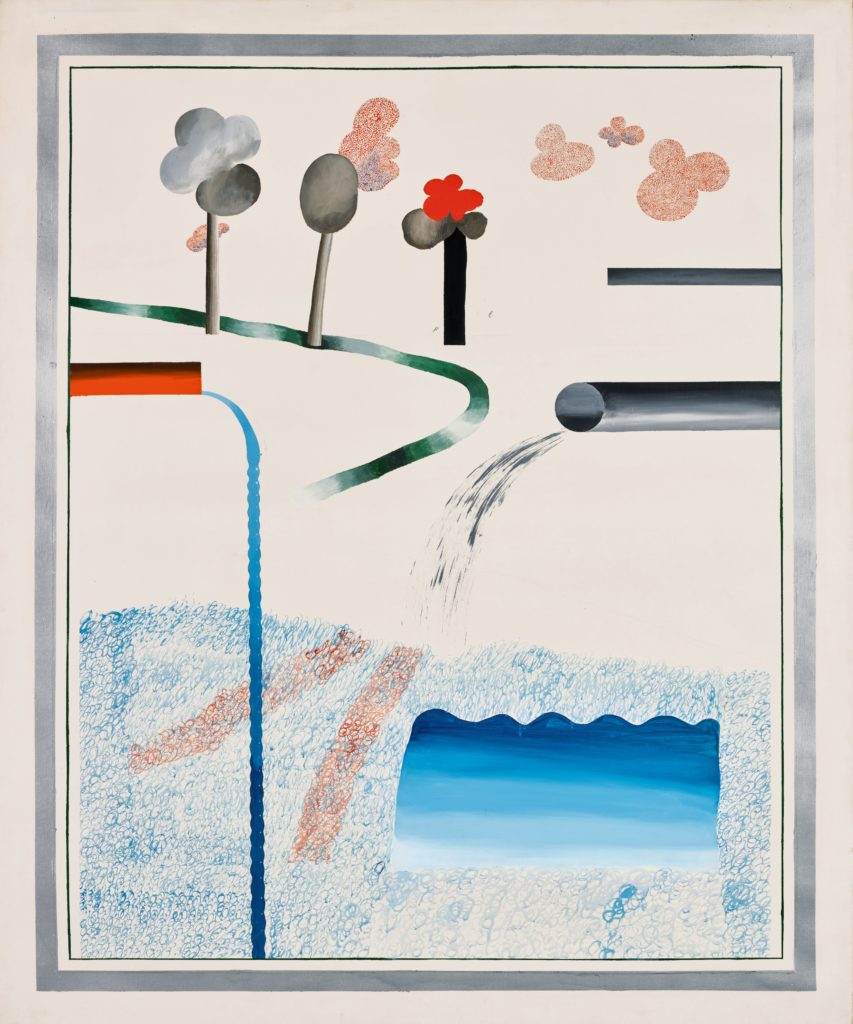
David Hockney, Different Kinds of Water Pouring into a Swimming Pool, Santa Monica, (1965). Courtesy of Sotheby’s.
The sale also offered a taste of the state of the David Hockney market ahead of the sale of his major double portrait tomorrow at Christie’s, which is expected to make more than £30 million ($37.75 million). This evening, the results were uneven. A drawing of Hockney’s dealer John Kasmin, from Kasmin’s collection, didn’t sell, while an early swimming pool painting from the Tan collection was underbid by advisor Wenty Beaumont, but sold below estimate to an American buyer for £2.7 million ($3.6 million). No doubt Christie’s tomorrow will tell a different story.
Apart from Richter, the European contingent of artists was led by Lucio Fontana, whose sun never seems to set. Most of the bidding came for a lacerated brass composition made in new York in 1962, which sold back to America against competition from Japan for an above-estimate £2.7 million ($3.6 million), four times the price it fetched seven years ago.
Journeying east, there was a surprisingly strong result for Romanian Adrian Ghenie, whose typically sinister figurative painting, Duchamp’s Funeral, sold for £4.3 million ($5.7 million), far more than the £1 million it brought four years ago. But Ilya Kabakov’s classic non-conformist work, Holiday #1 (1987), consigned by London-based Russian banker Igor Tsukanov, struggled to find a single bidder below estimate at £735,000 ($966,590). The market for Russian contemporary art has yet to take hold globally.
All told, it was a sale of swings and roundabouts, catering to as many tastes a possible. But it came out looking rosy in the end.
